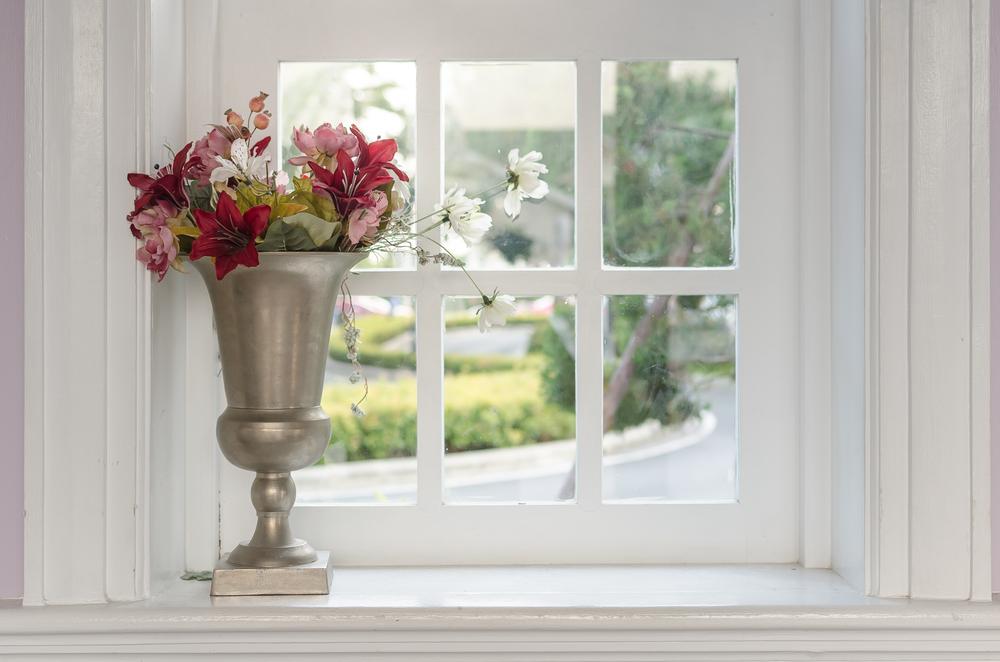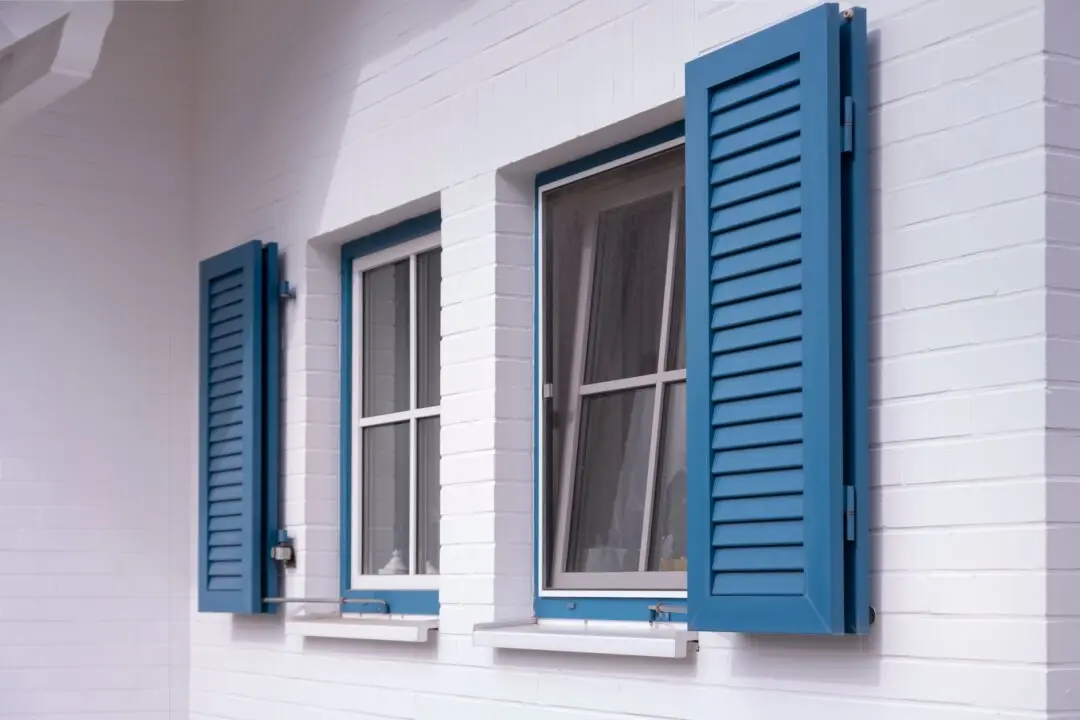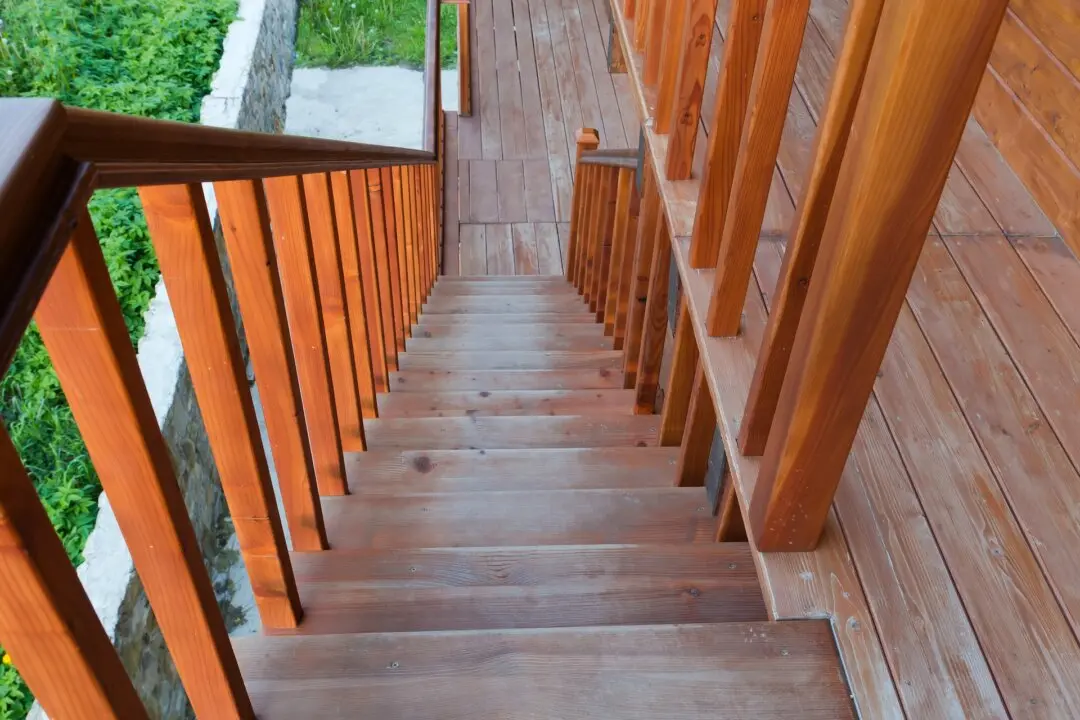Dear James: I want to jazz up my dining room windows with decorative casing trim while I am having replacement windows installed. How can I do this trim project myself? —Debra H.
Dear Debra: Doing a decorative casing project while having replacement windows installed is certainly the proper time. The interior window trim and molding will already be removed, and you can see where all the supporting lumber is located. Inject nonexpanding insulating foam in all the gaps around the window frame.





